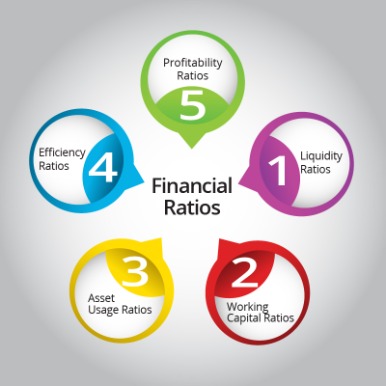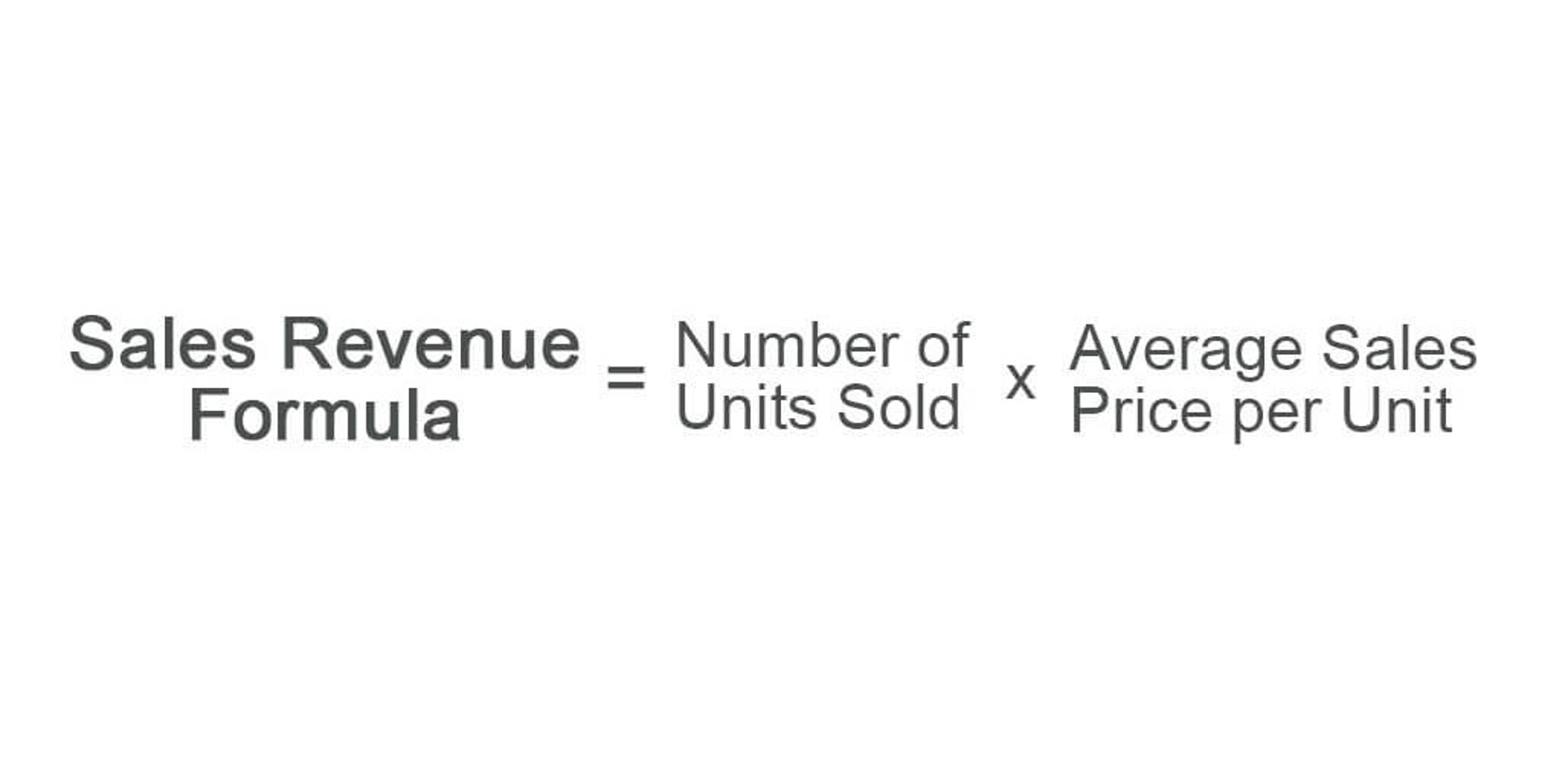Intuit Inc. does not have any responsibility for updating or revising any information presented herein. Accordingly, the information provided should not be relied upon as a substitute for independent research. Intuit Inc. does not warrant that the material contained herein will continue to be accurate nor that it is completely free of errors when published. Responsibilities for bookkeepers can vary widely from business to business, though there are a number of very common bookkeeping responsibilities.
- Bookkeeping is the process of recording all financial transactions made by a business.
- Without failing, bookkeepers have to record business transactions into the designated accounting software to know exact cash inflow and outflow numbers.
- Petty cash is essential to run day-to-day business operations smoothly.
- So if you’re looking to hire a bookkeeper, it is essential to create a bookkeeper job description that fills your recruitment funnel with ideal candidates as quickly as possible.
- Bookkeeping is the meticulous art of recording all financial transactions a business makes.
In this way the bookkeeper safeguards the good name and the good will of the company which can make the difference between surviving or sinking in difficult trading times. When you bill clients on time, they are more likely to pay you on time. This is because they remember clearly what product or service you sold them. You will experience less confusion this way, too, and be able to clear up any discrepancies faster and more easily. If daily invoicing is too inefficient, make sure to do it at least once a week.
How Does Bookkeeping Differ From Accounting?
Often, office management tasks like customer billing, paying vendors and payroll are considered to be bookkeeping tasks. Although accounts receivable, accounts payable and payroll do impact your books, some of these tasks can be managed by a person in your company other than your bookkeeper. Others, like payroll, can be outsourced to independent companies that specialize in the task. A bookkeeper is responsible for identifying the accounts in which transactions should be recorded. Very small businesses may choose a simple bookkeeping system that records each financial transaction in much the same manner as a checkbook.
- Small steps also give everyone time to familiarize themselves with the new bookkeeping software.
- Based on the revenue and expense data retrieved from different departments, the bookkeeper needs to prepare a proper revenue and expense account.
- Intuit Inc. does not warrant that the material contained herein will continue to be accurate nor that it is completely free of errors when published.
- When making this decision, there are two things you should keep in mind.
- Our ideal candidate holds a Finance degree (preferably followed by accounting CPE courses) and is familiar with accounting software packages, like FreshBooks, Kashoo and KashFlow.
You know what a bookkeeper does and what their day-to-day responsibilities look like. A bookkeeper can help ensure your business finances are organized and lets you focus on running and growing your small business. The bookkeeper works as a liaison between different departments and interacts with department heads daily to discuss their inventory needs. If any department is running short on inventory, the bookkeeper contacts the vendor and places an order for new inventory.
Task #21. Stay in Touch with Management
By choosing comprehensive, user-friendly bookkeeping software for your business financial needs, you’ll have access to numerous things that will make life easier for you. The choice between single-entry and double-entry bookkeeping depends on the complexity, size, and needs of the business. This practice is crucial not just for compliance with accounting standards but also for providing you with reliable data for making informed business decisions. Think of bookkeeping as the diligent note-taker and accounting as the analyst who interprets those notes to provide insights and guide business strategy.
types of bookkeeping for small businesses
He or she will need to check the figures and report precisely what is going on in the company. Without a clear and comprehensible picture of the business trade and how it is progressing it will not be obvious if the company is making a profit. The bookkeeper in many ways is the heart of the business and should be respected and supported for the work that they do. You might need only some or all of these services that can be part of the job of a bookkeeper. How your business operates is unique, and your bookkeeping follows suit. Bookkeepers have to coordinate with the HR department, and based on different employment terms and legal employment requirements; they have to process payroll accounts for each employee.
Bookkeeper Qualifications
When a customer pays a sales invoice, record the payment against the sales invoice in the accounting records. It will ensure that you do not chase a customer for an invoice already paid. If you invoke the guarantee, QuickBooks will conduct an evaluation of the Live Bookkeeper’s work.
So, many bookkeeping services offer tax compilation and filing services to take that stress of tax season off your plate. Financial transactions are business activities that involve money, such as sales, expenses, and payments. Recording and organizing these transactions in a timely manner is essential for effective bookkeeping.
She is a former Google Tech Entrepreneur and she holds an MSc in International Marketing from Edinburgh Napier University. For example, note which software you want a candidate to be familiar with–including general programs that your budgeting common terms and definitions office uses. Laura is a freelance writer specializing in ecommerce, lifestyle, and SMB content. As a small business owner, she is passionate about supporting other entrepreneurs, and sharing information that will help them thrive.





